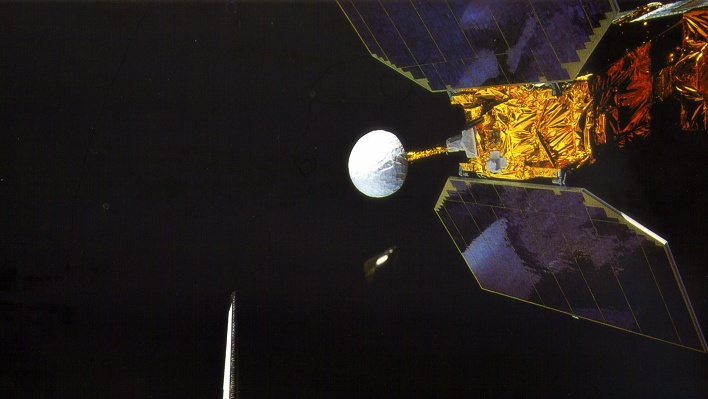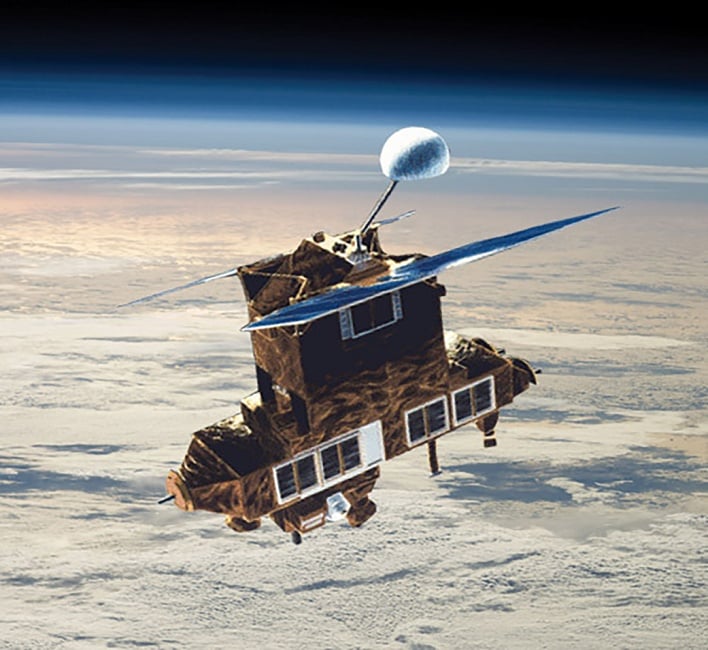NASA’s Retired Radiation Budget Satellite Expected To Crash Land On Earth Soon

The Department of Defense has projected that the 5,400-pound satellite will reenter the atmosphere at approximately 6:40pm EST on Sunday, January 8, 2023. The prediction is said to be within an uncertainty of +/- 17 hours. NASA is expecting most of the satellite to burn up as it travels through the atmosphere, but a few of its components are expected to survive the reentry. The risk of it harming anyone on Earth is said to be approximately 1 in 9,400.
The ERBS spacecraft was launched from the Space Shuttle Challenger on October 5, 1984, as part of NASA's three-satellite Earth Radiation Budget Experiment (ERBE) mission. It carried three instruments, two to measure the Earth's radiative energy budget, and one to measure stratospheric constituents, including ozone, according to NASA.

The balance between the amount of energy from the Sun that Earth absorbs or radiates, referred to as the energy budget, is an important indicator of climate health, and its understanding can help reveal weather patterns. NASA says that ozone concentrations in the stratosphere play an important role in protecting life on Earth from damaging ultraviolet radiation.
The ERBS spacecraft outlived its two-year service life by leaps and bounds. It operated until 2005, and its observations helped researchers measure the effects of human activities on Earth's radiation balance. The space agency has continued to build on what it learned from ERBS with projects that included Clouds and the Earth's Radiant Energy System (CERES) suite of satellite instruments.
The Stratospheric Aerosol and Gas Experiment II (SAGE II) onboard ERBS collected vital data that confirmed the ozone layer was declining on a global scale. The data collected helped to shape the international Montreal Protocol Agreement, which resulted in a dramatic decrease around the globe in the use of ozone-destroying chlorofluorocarbons. Its successor, SAGE III, is on the International Space Station and collects data on the health of the ozone layer.

